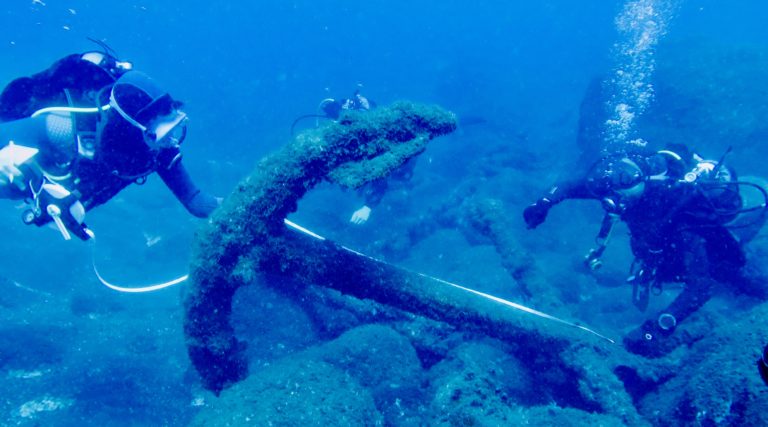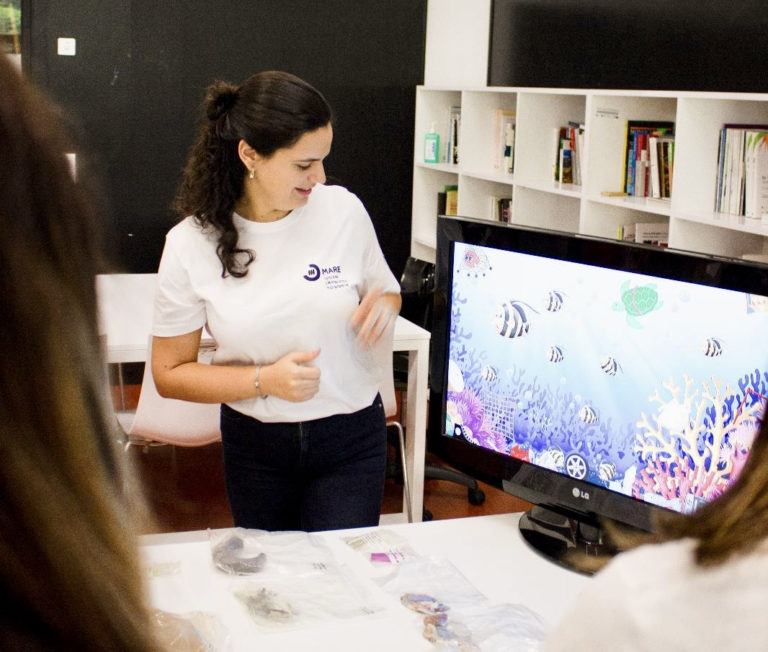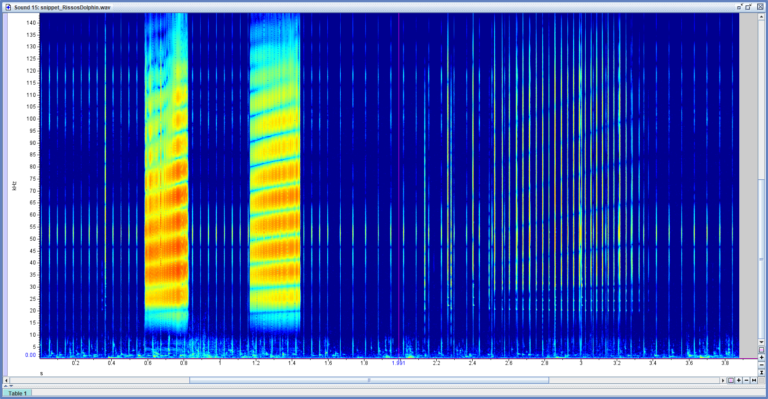Madeira’s Marmite
Do you know Madeira’s only native freshwater fish?
Like salmon, it can live in both fresh and saltwater.
Like humans, it’s been known to live upwards of 80 years.
Like bats, it’s nocturnal.
And even more so than the giant panda and the Iberian lynx, it’s critically endangered. In the last forty years, populations have declined by over 90%.
Do you know it? It’s called Anguilla anguilla — otherwise known as the European eel.

The European eel is like Marmite. People either love it (because it’s an amazingly unique animal), hate it (because it’s slimy and looks like a snake) or have no idea what it is.
At MARE-Madeira, we’re eel lovers. Yes, a couple of us struggle with the fish’s slippery slithering (Patrício: “They’re just SO slippery!”). And a couple of us battle against childhood associations (Ursula’s eels in The Little Mermaid, anyone?). But all of us recognize the cultural heritage of this species to Madeira and see the value it brings to our streams as a keystone species.
Despite our fascination with Madeira’s native freshwater fish, we have a limited understanding of the species. No studies nor regular records of the European eel existed in Madeira before we began our surveys in April 2021.

Photo credit: Cristiano Vieira
Already, there are some indicators that Madeira may be an important safe-haven for this critically-endangered species. First, Madeira is close to the Sargasso Sea where European eel larvae are believed to hatch. This means that young, migrating eels may have a shorter ocean transit to reach our shores than that required to reach the mainland. Second, Madeira doesn’t have dams, which are a major barrier to eel migration and maturation in the rest of Europe.
The eel is also important to Madeira. As an isolated island ecosystem, even minor changes to animal and plant populations can have outsized impacts on our island’s food webs, nutrient cycles and species survival. As the only eel species in Madeira and one of only two freshwater fish, the European eel may be particularly important to the health of our streams.

Photo credit: Cristiano Vieira
At MARE-Madeira, we’re doing our best to understand the threats and opportunities facing the European eel in Madeira. We’re also thinking hard about how we can engage more of the community in the eel’s conservation. For this, we’re very grateful for the insights we’ve received from individuals involved in the Thames Catchment Community Eels Project, Thames Rivers Trust, Natural Apptitude and Reading Hydro – their experiences are immensely valuable as we design citizen science projects and imagine eel passage possibilities in Madeira.
In time, we hope even more people on Madeira will become eel ‘lovers’. We hope the European eel will one day thrive again and that our island will prove an oasis of recovery for this important European species.



